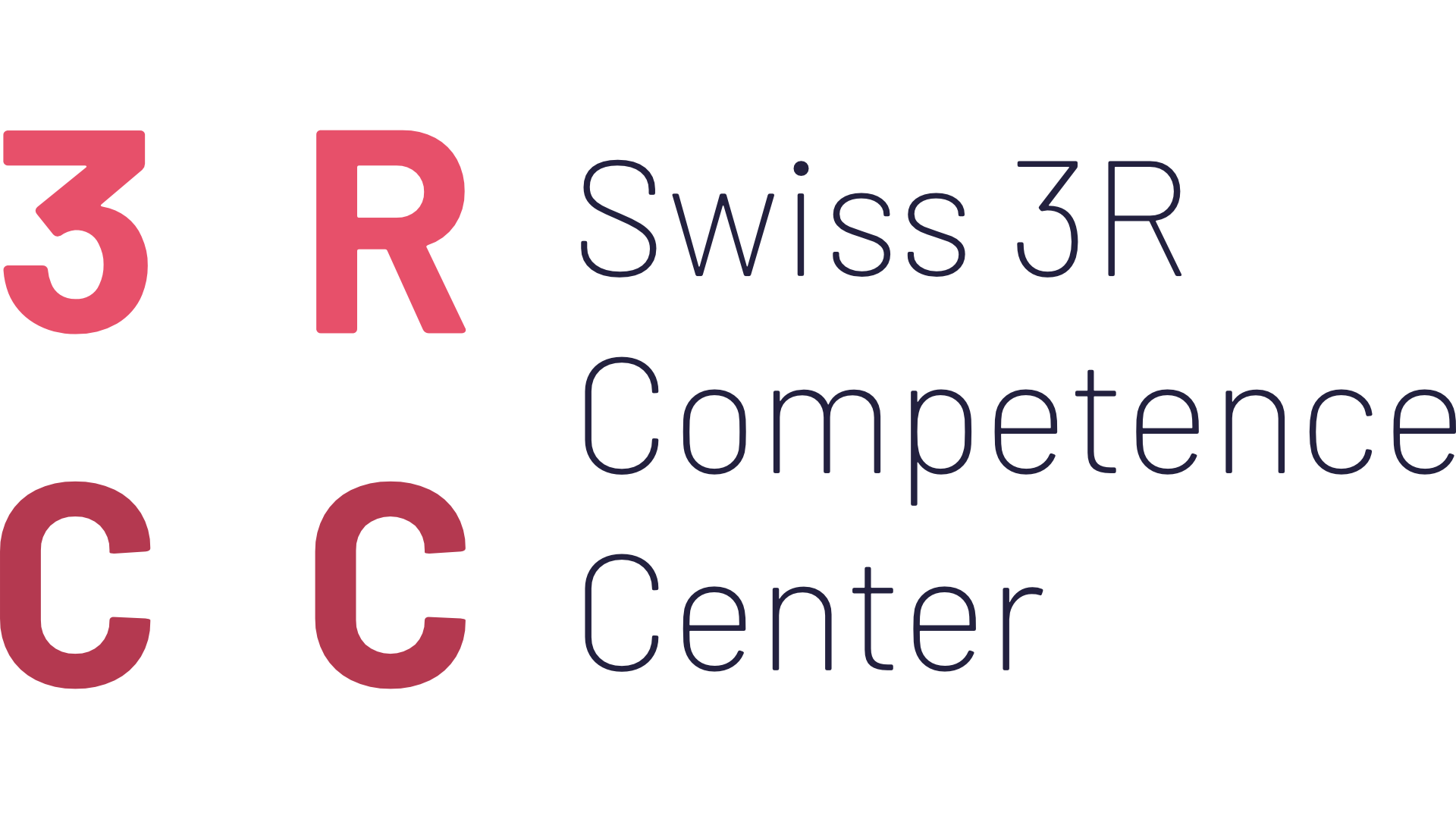BACKGROUND
Many hundred-thousand rodents, mostly mice, are used in behavioural neuroscience research every year. This is necessary, because behaviour is the ultimate readout for brain function in health and disease, and developing treatments for brain disorders requires proof that behavioural disturbances can be corrected. Unfortunately, behaviour tests are often poorly reproducible and assess behaviour only superficially, thus ignoring the majority of relevant biological information.
AIMS
To improve this inefficient practice, we pursue three major goals:
- Develop advanced machine-learning tools based on a popular motion tracking software (DeepLabCut) to analyse complex, naturalistic animal behaviours reproducibly and in great detail, while keeping the amount of data manageable.
- Prove that our approach can identify biologically relevant differences in behaviour using homecage video recordings in a mouse model of obsessive-compulsive disorder, while using fewer mice and fewer behaviour tests compared to standard analyses.
- Facilitate widespread dissemination of our algorithms, by packaging them into easy-to-use software modules, and by developing additional free online analyses tools to effortlessly (re)analyse, visualize and share the collected data.
We anticipate that widespread dissemination of our approach will reduce wasteful practices in preclinical behaviour testing by removing variance within and between labs through automated in-depth behaviour scoring, and by enabling data sharing and re-analysis of existing videos. Our approach will refine experimental procedures by extracting more detailed behaviour data, thus requiring fewer and less stressful behaviour tests and improving welfare for thousands of experimental mice each year.
STATUS UPDATES
3Rs Impact
The main outcome of our project was a state-of-the-art analysis pipeline that takes any top-view video recording of animal behavior (the most widely used type of video recordings in basic research laboratories around the world) and extracts the rich data contained in that video to generate a fine-grained analysis of animal behavior. This pipeline includes new statistical approaches to increase power and thus reduce the number of animals needed for future experiments. We achieve this by performing comparisons between treatment groups based on the entire behavioral flow profile from each animal (the way in which behavioral motifs occur naturally and are seamlessly stitched together to give rise to fluent animal behavior observed in nature).
We demonstrate that this information is significantly more informative than the traditional analyses of animal behavior and thus allow researchers to detect not only behavioral nuances within individual animals, but also to resolve treatment effects that are otherwise undetectable. This means more information is generated and effectively used from each experiment, thus reducing wasteful research practices. An example is the ability of our approach to detect treatment effects of low doses of pharmacological agents (e.g. yohimbine or diazepam), and even resolve differences in drug dosage between small groups of mice.
Our entire pipeline is open source and we have also made hundreds of video recordings freely accessible to the research community. Some of these videos provide unique, well-annotated examples of mouse behavior that have been used by colleagues to develop new analyses pipelines. We recently updated our pipeline to automatically include power analyses based on the entire behavioral profile of each animal tested, which allows researchers to clearly estimate the number of animals needed for future experiments.

